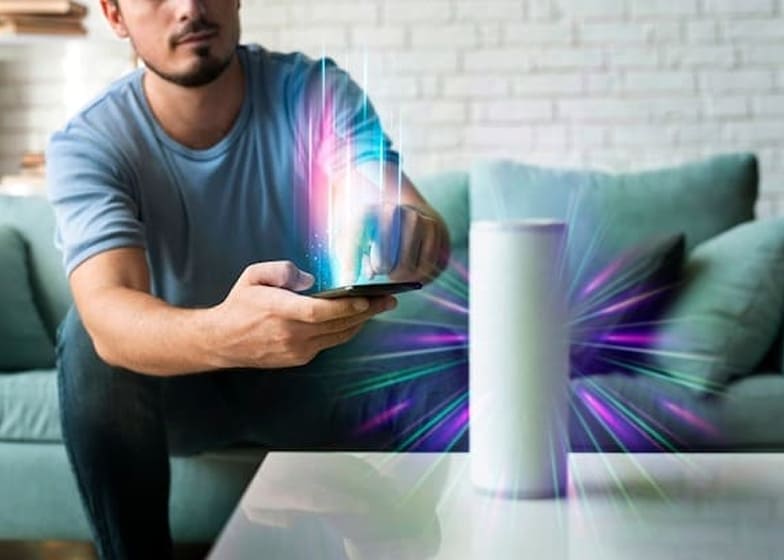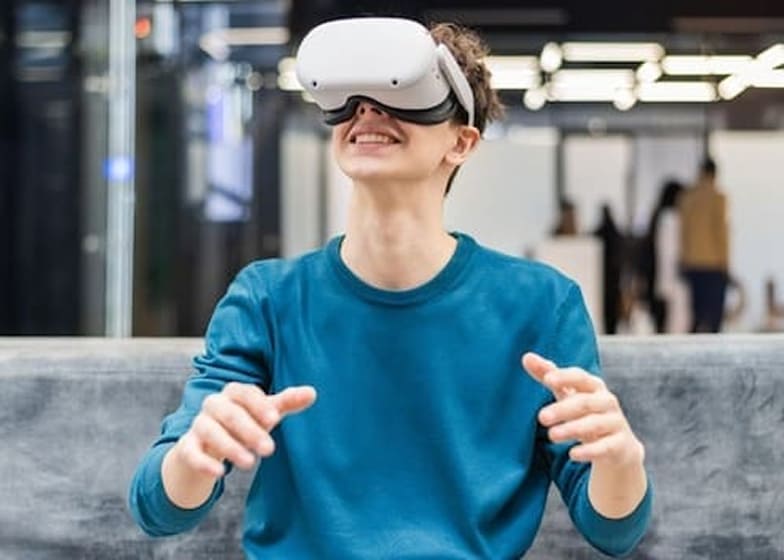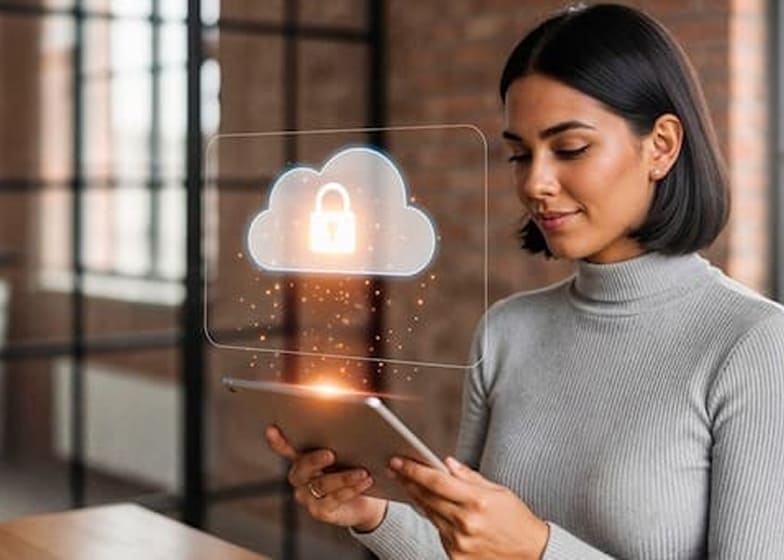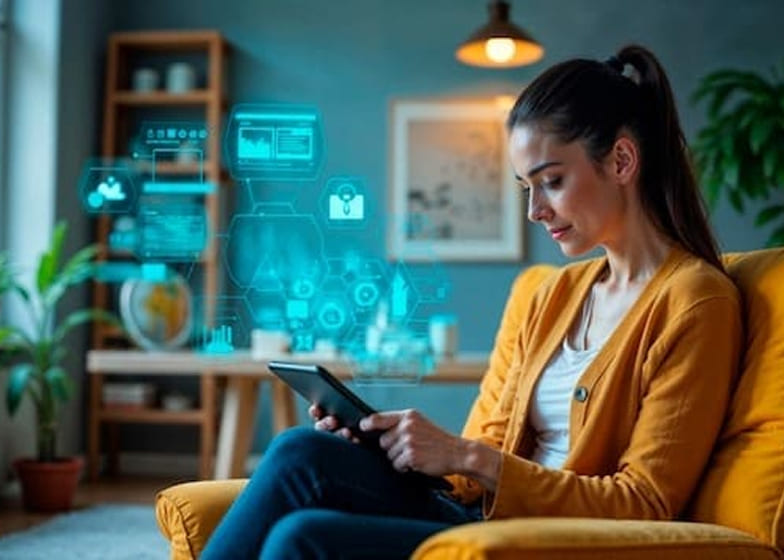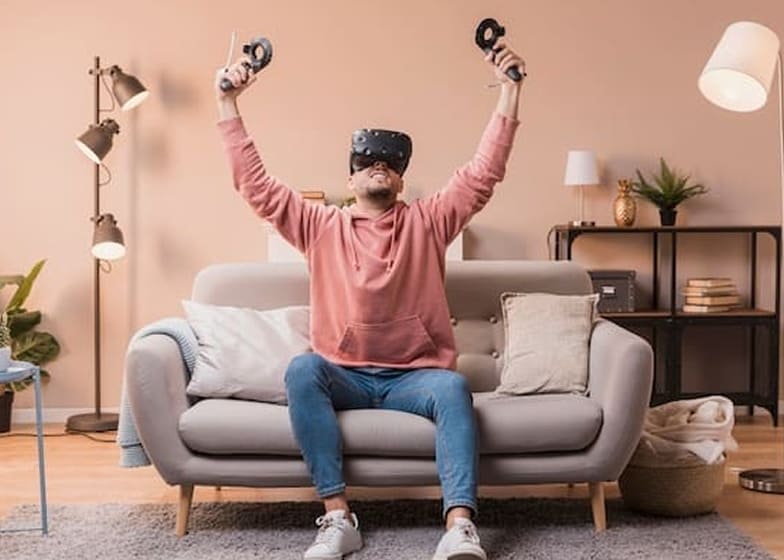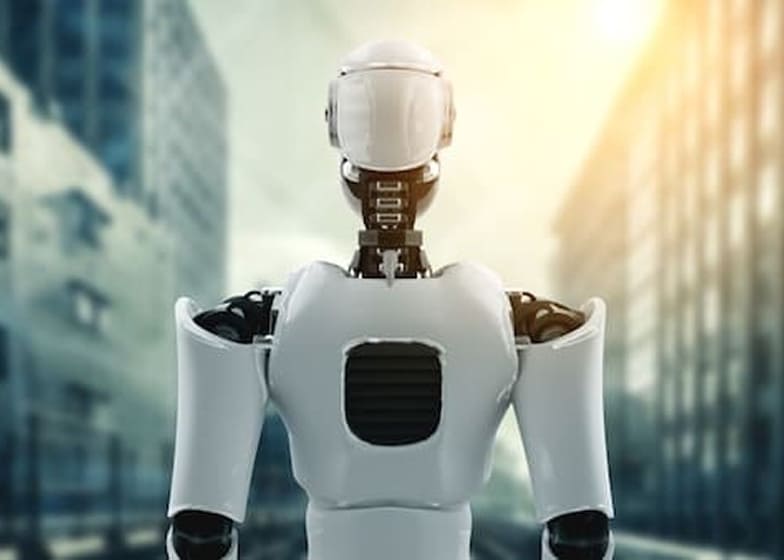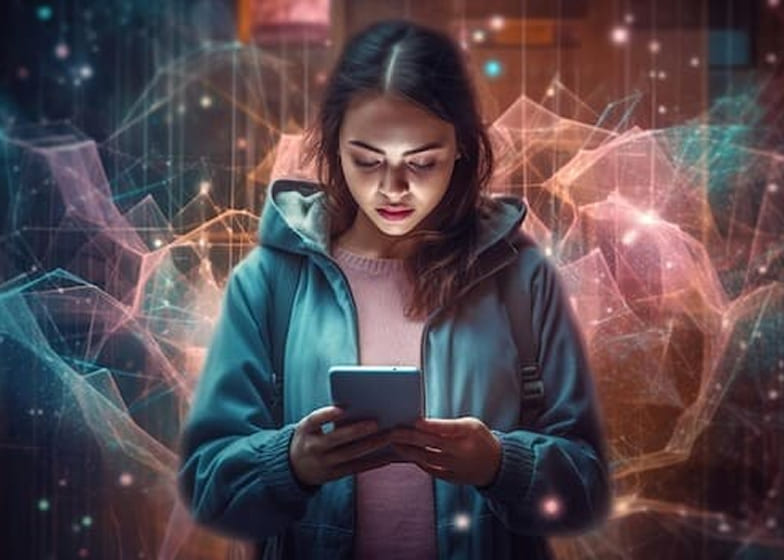The Internet of Things (IoT) refers to a network of interconnected devices that communicate, collect, and exchange data over the internet. These devices range from everyday objects like smartphones, smartwatches, and home appliances to industrial sensors, vehicles, and medical equipment. By connecting physical objects to digital networks, IoT enables real-time monitoring, automation, and intelligent decision-making, transforming the way individuals, businesses, and governments operate.
In smart homes, IoT devices enhance convenience, security, and energy efficiency. Smart thermostats, lighting systems, and security cameras can be controlled remotely via mobile apps, learning user preferences to optimize performance and reduce costs. In healthcare, wearable devices and connected medical equipment monitor patients’ vital signs continuously, allowing early detection of health issues, remote care, and improved patient outcomes. This integration of technology into daily life significantly improves both efficiency and quality of life.
Industries are also experiencing a revolution through IoT. In manufacturing, IoT sensors enable predictive maintenance, reducing equipment downtime and optimizing production processes. Supply chains become more transparent and efficient as connected devices track shipments, monitor inventory, and provide real-time updates. Similarly, smart cities leverage IoT to manage traffic, energy consumption, waste management, and public safety, creating more sustainable and responsive urban environments.
Despite its transformative potential, IoT presents challenges such as data privacy, security risks, and interoperability between devices. Ensuring robust cybersecurity measures, standardized protocols, and efficient data management is critical to fully realizing IoT’s benefits. Overall, IoT is reshaping the world by connecting devices, people, and systems, driving innovation, efficiency, and new opportunities across every aspect of life.
Internet of Things (IoT)
The Internet of Things (IoT) is a network of physical devices, vehicles, appliances, sensors, and other objects embedded with software, sensors, and connectivity that enables them to collect, exchange, and act on data over the internet. Essentially, IoT allows everyday objects to “talk” to each other and to users, creating a more connected, automated, and intelligent environment.
IoT devices can range from consumer gadgets like smartwatches, fitness trackers, and home assistants to industrial machines, medical equipment, and vehicles. By gathering real-time data and enabling remote control, IoT improves decision-making, operational efficiency, and convenience. The technology is widely applied in smart homes, healthcare, manufacturing, transportation, agriculture, and smart cities, transforming the way individuals, businesses, and governments interact with the physical world.
At its core, IoT enhances connectivity, efficiency, and automation, enabling devices and systems to work together seamlessly. It is a driving force behind innovations such as predictive maintenance, energy optimization, personalized healthcare, and intelligent urban infrastructure.
Understanding IoT
Connected Devices
IoT connects physical devices like smartphones, smart home appliances, wearable fitness trackers, vehicles, and industrial machinery to the internet. These devices collect, share, and act on data, enabling smarter operations and automation.Businesses can leverage IoT devices to reduce operational costs, monitor assets remotely, and optimize resource usage, potentially saving $10K–$500K/year depending on scale.
Sensors and Data Collection
IoT devices use sensors to capture real-time data, such as temperature, motion, health metrics, location, or energy usage. This data forms the backbone of analytics and decision-making.Accurate data allows predictive maintenance and process optimization, reducing downtime and repair costs, which can save companies $50K–$1M/year in industrial or manufacturing setups.
Network Connectivity
Devices communicate using Wi-Fi, Bluetooth, cellular networks, or other IoT protocols. Seamless connectivity ensures that data flows reliably between devices, applications, and cloud systems.Reliable connectivity supports remote monitoring and automation, enabling businesses to save labor costs and expand operations without physical presence, potentially increasing revenue by $20K–$300K/year.
Data Processing and Analytics
Collected IoT data is analyzed using cloud computing or edge computing systems. Analytics transform raw data into actionable insights, enabling predictive maintenance, trend analysis, and smarter operational decisions.Businesses can make data-driven decisions that improve efficiency, reduce waste, and optimize energy use, generating cost savings and additional revenue of $50K–$500K/year.
Automation and Control
IoT enables devices to act automatically based on data. Examples include smart thermostats adjusting temperatures, automated irrigation in agriculture, or sensors triggering alerts for equipment failures.Automation reduces manual labor, prevents costly errors, and enhances productivity, saving businesses $30K–$200K/year depending on operations.
Applications Across Industries
IoT is widely used in:
- Smart Homes:Security systems, smart lighting, energy management.
- Healthcare:Wearable monitors, connected medical devices.
- Manufacturing:Predictive maintenance, asset tracking.
- Agriculture:Smart irrigation, soil monitoring.
- Transportation:Fleet tracking, traffic management.
Challenges and Considerations
Key challenges include data privacy concerns, cybersecurity risks, device interoperability, and infrastructure reliability. Addressing these challenges is crucial for safe and profitable IoT adoption. Overcoming these challenges ensures that investments in IoT generate returns rather than losses, protecting potential revenue of $50K–$500K/year from risks and inefficiencies.
Challenges of IoT
- Data Privacy Concerns – Risk of exposing personal and sensitive data.
- Cybersecurity Risks – Vulnerable to hacking and malware attacks.
- Interoperability Issues – Devices may not work seamlessly together.
- High Implementation Costs – Expensive setup and maintenance.
- Network Reliability – Poor connectivity disrupts operations.
- Data Overload and Management – Large volumes of data are hard to handle.
- Energy Consumption – Continuous power needs increase costs.
- Regulatory and Compliance Challenges – Navigating data and device regulations is complex.
Future Potential of IoT
Smart Homes and Buildings
IoT will continue to revolutionize homes and commercial buildings with advanced automation for lighting, climate control, security, and energy management. Future smart environments will anticipate user needs, optimize energy usage, and improve comfort.Home automation and energy efficiency can save users $500–$2,000/year on utilities, while businesses can reduce operational costs significantly.
Healthcare and Remote Monitoring
IoT will expand the use of wearable devices, connected medical equipment, and telemedicine to monitor patient health in real time. Predictive analytics will enable early diagnosis and personalized treatment plans.Hospitals and patients can reduce costs of emergency care and hospital stays, potentially saving $10K–$100K/year per facility or patient group.
Industrial IoT (IIoT) and Smart Manufacturing
IoT sensors and connected machinery will enable predictive maintenance, automated production, and optimized supply chains. Factories will become more efficient, safer, and more productive.Industries can save $50K–$1M/year by reducing downtime, maintenance costs, and resource wastage.
Smart Cities and Infrastructure
IoT will transform urban planning with intelligent traffic management, waste management, energy distribution, and public safety systems. Cities will become more sustainable, efficient, and responsive to citizen needs. Municipalities can reduce operational costs, energy usage, and maintenance expenses, saving $100K–$5M/year depending on city size.
Agriculture and Environmental Monitoring
IoT-enabled sensors will monitor soil conditions, water usage, crop health, and livestock. Smart agriculture will optimize yield, reduce waste, and support sustainable farming practices. Farmers can increase productivity and reduce resource costs, generating $5K–$200K/year in savings and additional revenue per farm.
Transportation and Logistics
IoT will optimize fleet management, route planning, vehicle maintenance, and supply chain tracking. Connected vehicles will improve safety and reduce fuel consumption. Logistics companies can save $50K–$500K/year through efficient operations and reduced downtime.
New Business Models and Revenue Streams
IoT will enable subscription services, predictive maintenance contracts, and data-driven solutions. Businesses can monetize insights from connected devices and offer personalized services. Companies can generate new revenue streams worth $100K–$1M+ annually depending on scale and industry.
Summary
The Internet of Things (IoT) connects everyday devices, industrial equipment, and systems to the internet, enabling them to collect, share, and act on data in real time. This connectivity allows for automation, smarter decision-making, and improved efficiency across industries such as healthcare, manufacturing, agriculture, transportation, and smart cities. IoT enhances convenience, safety, and productivity in daily life through applications like smart homes, wearable health monitors, and connected vehicles. While challenges like data privacy, cybersecurity, and interoperability exist, the future potential of IoT is immense, offering cost savings, operational efficiency, and new revenue opportunities for both individuals and businesses.

